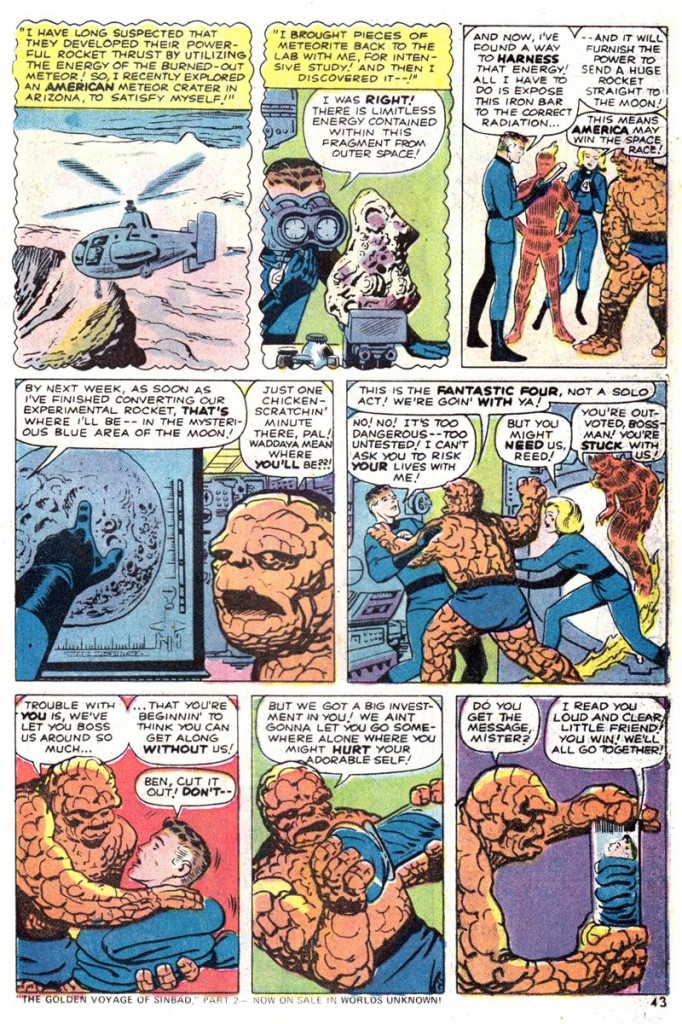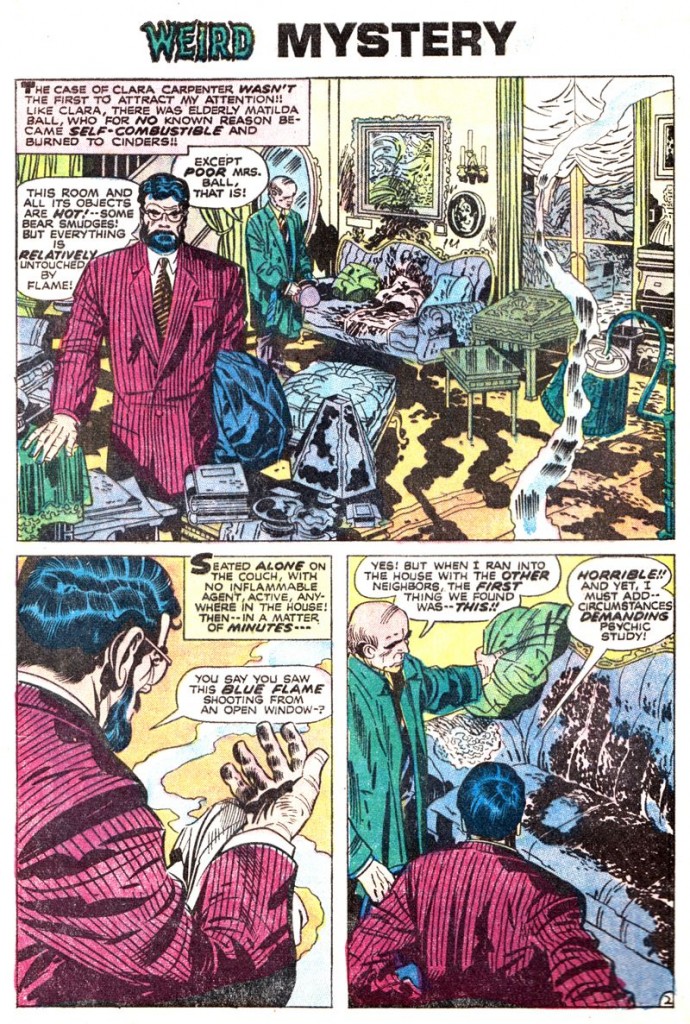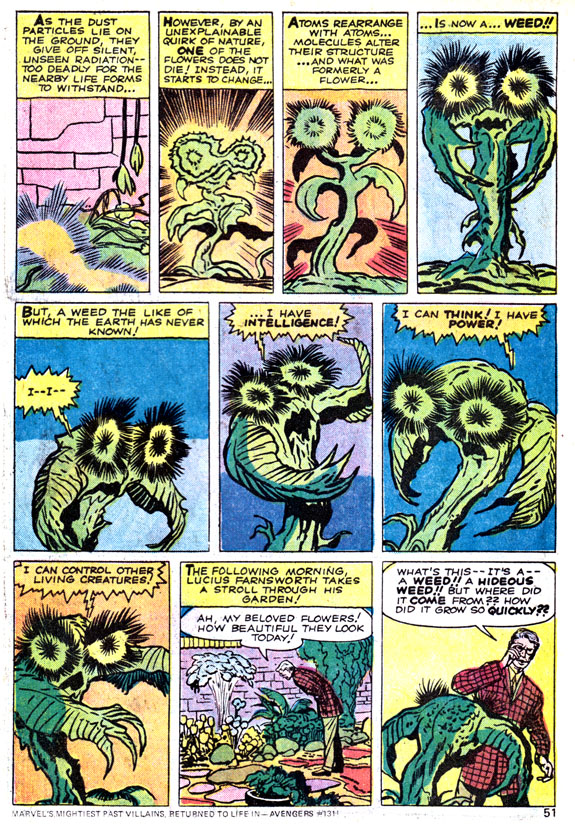Heavy on the Kirby in this issue, with five stories reprinted, totaling 50 pages, plus a new Captain America figure on the cover by Kirby/Giacoia.
Three of the stories from CAPTAIN AMERICA #5 (1941) are included. Unfortunately, the reproduction is really splotchy, and they’re frequently edited for page-layout (usually involving chopping the sides of some panels) and content (like making the killer clowns in the first story less scary). According the Kirby Checklist, Al Avison was the inker on these stories.
“The Ringmaster of Death” is up first, a 12-page story involving Cap and Bucky coming across a circus run by a Nazi ringmaster, who plans to kill several key figures. With the help of reporter Betty Ross they manage to foil his scheme, with the usual circus motifs (lions, elephants, a strong man and a trapeze rescue) along the way.
“The Gruesome Secret of the Dragon of Doom” (retitled from “…Dragon of Death”) has Steve Rogers re-assigned to the Pacific as General Haywood’s orderly, with Bucky going along “since [they’re] so inseparable”. Before they arrive, a patrol boat on the island vanishes, with reports it was swallowed by a sea dragon. Turns out the Japanese have the captain prisoner, and are trying to get a password from him for a sabotage plan. They kidnap the captain’s daughter when he won’t talk, while Cap follows and sees their boat go into a sea dragon’s mouth. He and Bucky follow, and find it’s part of a giant Japanese sub.

Cap is able to rescue the captain and his daughter, and seemingly gets caught in an explosion, leading Bucky to briefly think he’s dead, shooting several Japanese soldiers in his rage. Fortunately, Cap shows up shaken but alive.
“Killers of the Bund” begins with the father of one of Bucky’s friends, a German-American (“Yes, Bucky. I’ve found German-American people to be very nice”), being beaten up by nazi agents trying to recruit him for their bund. Steve and Bucky go to see him, and find out about the nazis. In costume, they go to the bund camp (Camp Reichland, with a big Nazi flag. Worst spies ever) and deliver a lesson in the American way with their fists. The next day, Bucky recruits his Sentinels of Liberty to keep their eyes open for clues on more nazi camps and plans. They find out about a plan to blow up a dam, but Bucky finds Cap has been taken prisoner. Cap is able to escape and commandeer a plane to foil their bombing plan, meanwhile Bucky has led his Sentinels and their fathers to take caret of the camp.
Man, you’d think there was some sort of war on the way when these were published. Anyway, despite the spotty printing these look pretty good. Kirby would get a lot better soon after with the DC work, and the plotting and scripting would get a lot tighter, but there’s a lot of raw energy in these earlier efforts.
Three fantasy stories round out the issue, two of them by Kirby. “Mr. Gregory and the Ghost” from JOURNEY INTO MYSTERY #75 (1961) is a 7-page story inked by Christopher Rule. Gregory is an unpleasant rich man who makes inferior homes for people by cutting corners. For his own home he spares no expense, but finds the house in haunted before he moves in. He tries to photograph the ghost and fails, and tries to exorcise it and fails. Finally he decides to spend all his money moving the house to another town, because he read ghosts can’t move from town to town. We’re finally told that will be in vain, because his house was made from haunted trees, so the house itself is the ghost.
Bit of an odd ending. I would have thought the ending should have more to do with his crooked business dealings mentioned in the front. Would have made it a better story. Anyway, the art is nice, with some interesting storytelling sequences, detailed backgrounds and some very nice work on Gregory’s face.
“It Fell From the Flying Saucer” is a Kirby/Ayers 6-pager from TALES TO ASTONISH #31 (1962). An artist in the park is the only witness to a flying saucer, and sees a pencil drop from it. Recognizing a quality pencil, he tries it out and sees that everything he draws comes to life. After some tests (like putting himself on Mount Rushmore and bringing Cleopatra, Caesar and Davy Crockett to life) he decides to make himself the ruler of the world. It works, but when no one believes his story about the flying saucer, he draws it, and it returns, and a tentacle comes out and takes back the pencil, causing everything to vanish and go back to how it was, with no memory of what happened.
This is a fun story, with a lot of cliched elements, but really well told. I especially like the middle, where he’s experimenting with the pencil, giving Kirby a chance to draw some fanciful stuff. This is one I’d include in a collection of Kirby’s best pre-hero Marvel work.
Published 1966
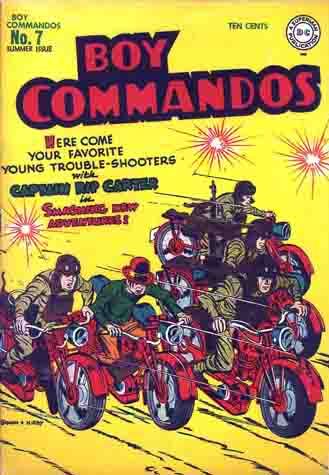
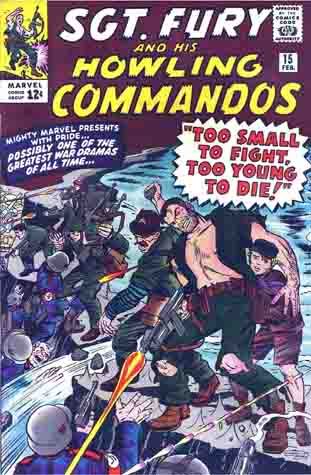
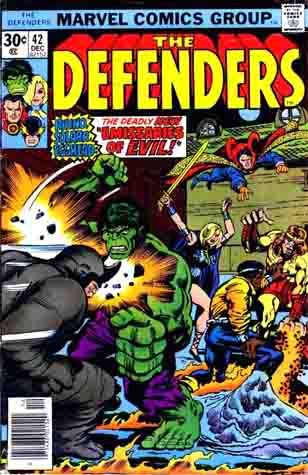


![Super Powers #2 [1984]](http://kirbymuseum.org/blogs/kirby/wp-content/uploads/sites/8/2005/02/Super-Powers-2-1984-667x1024.jpg)
![Black Panther #8 [1978] Black Panther #8 [1978]](http://kirbymuseum.org/blogs/kirby/wp-content/uploads/sites/8/2005/02/Black-Panther-8-1978.jpg)
![Marvel's Greatest Comics #72 [1977]](http://kirbymuseum.org/blogs/kirby/wp-content/uploads/sites/8/2005/02/Marvels-Greatest-Comics-72-1977-681x1024.jpg)
![2001 - A Space Odyssey #8 [1977]](http://kirbymuseum.org/blogs/kirby/wp-content/uploads/sites/8/2005/02/2001-A-Space-Odyssey-8-1977-681x1024.jpg)
